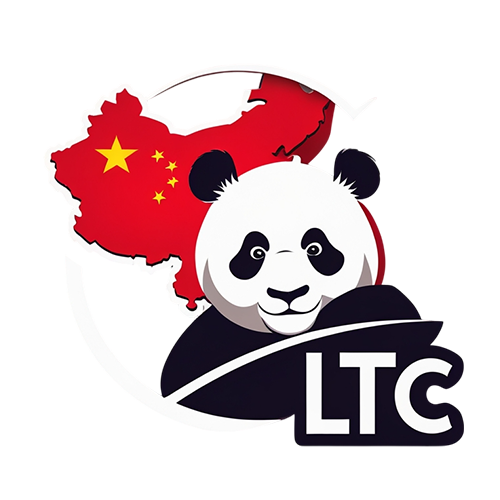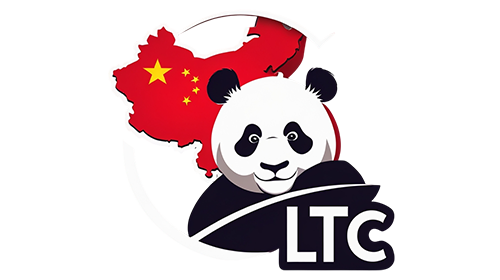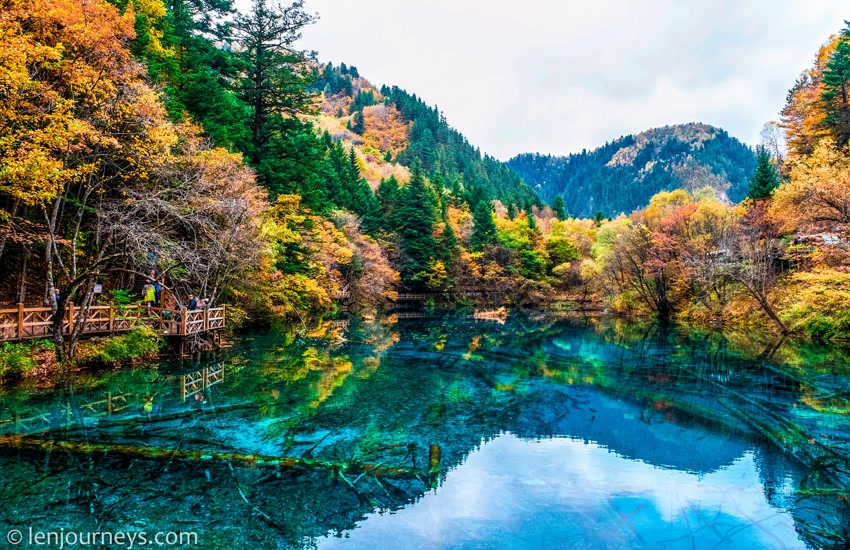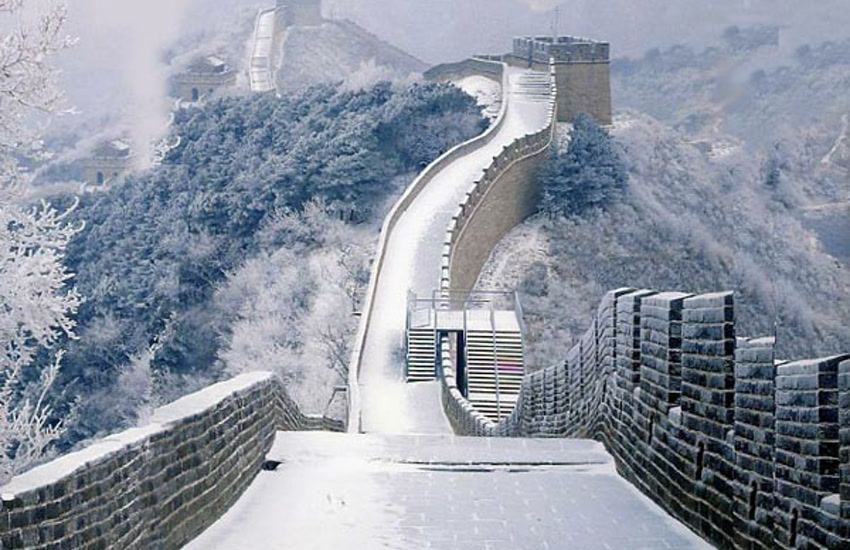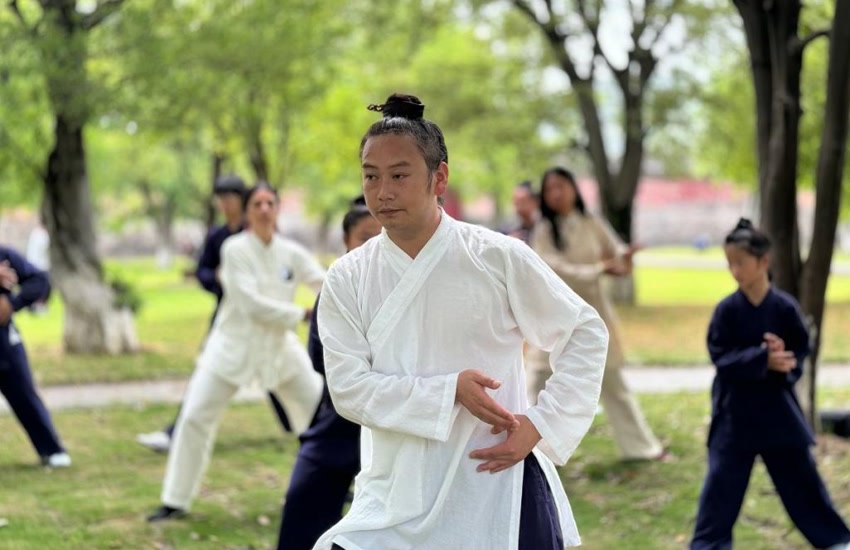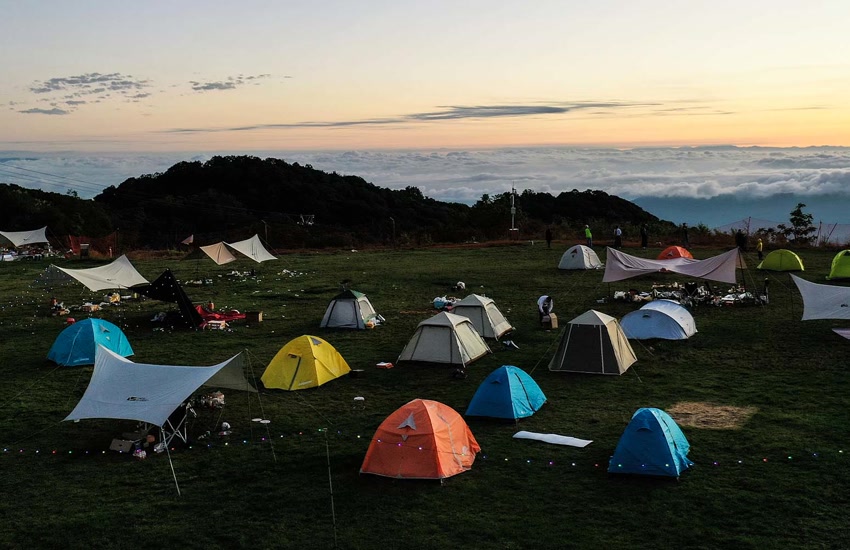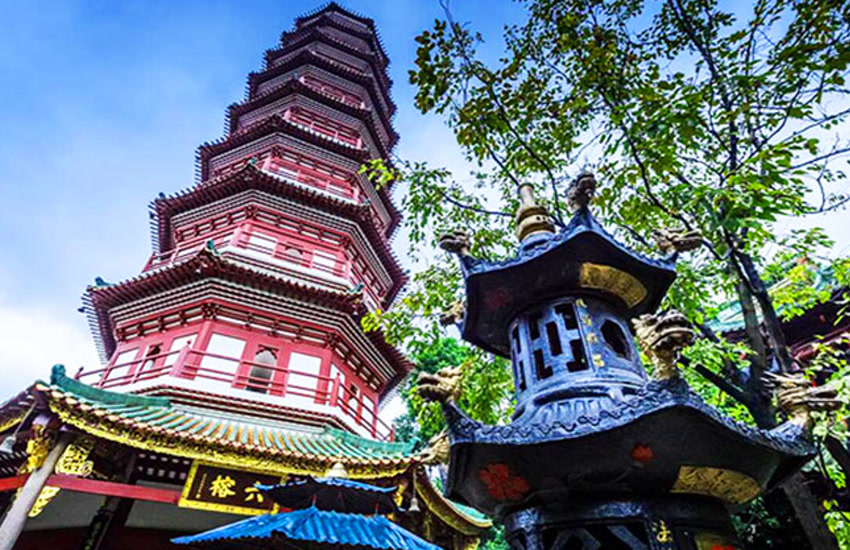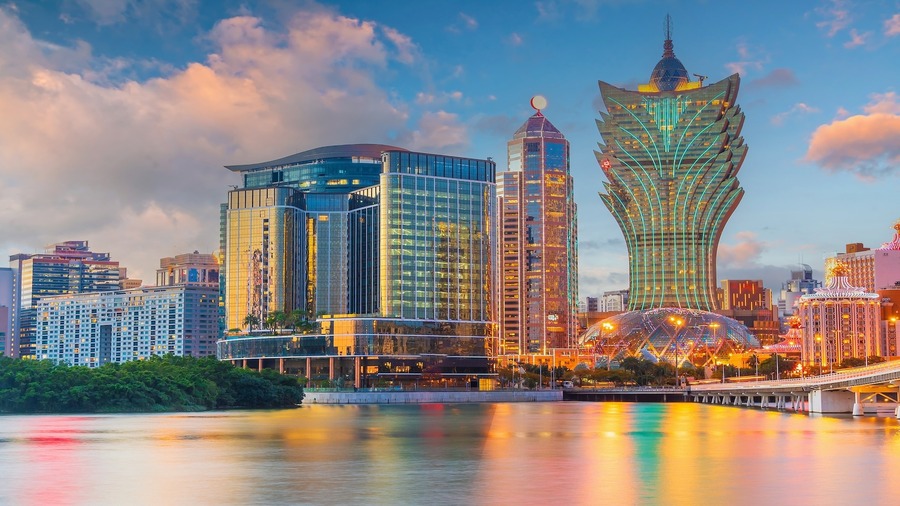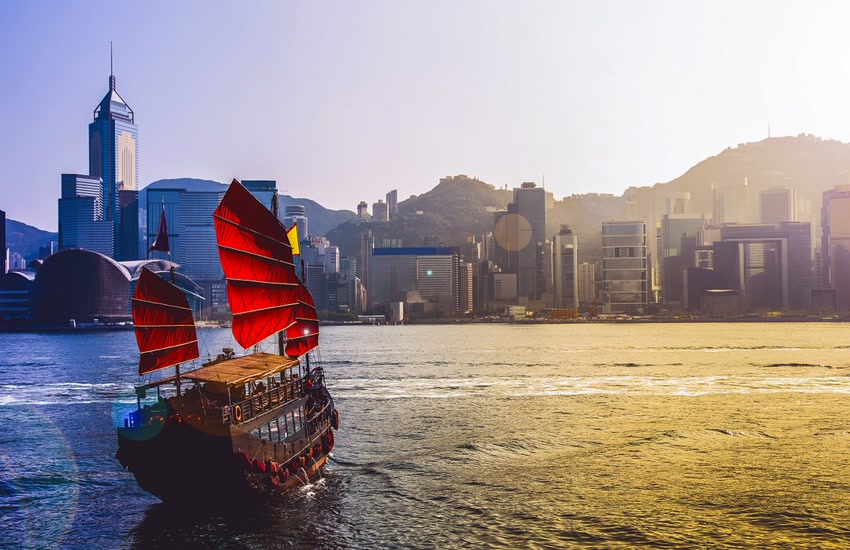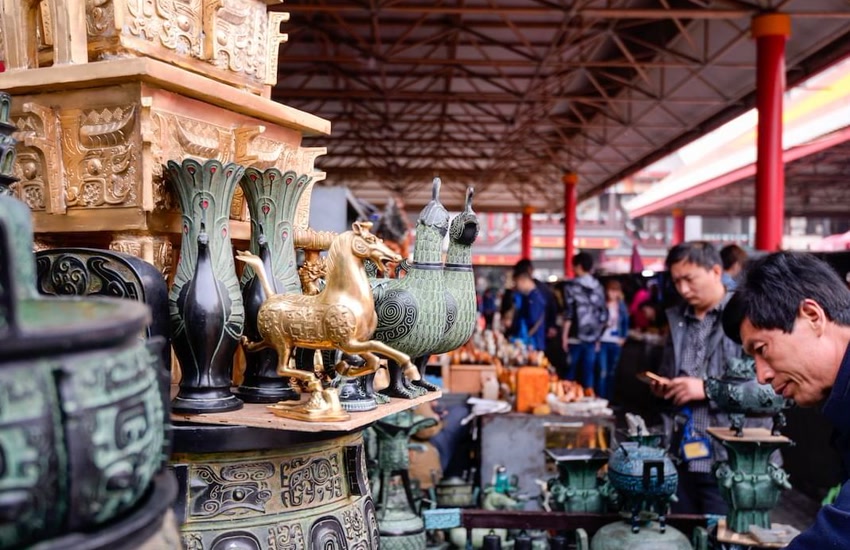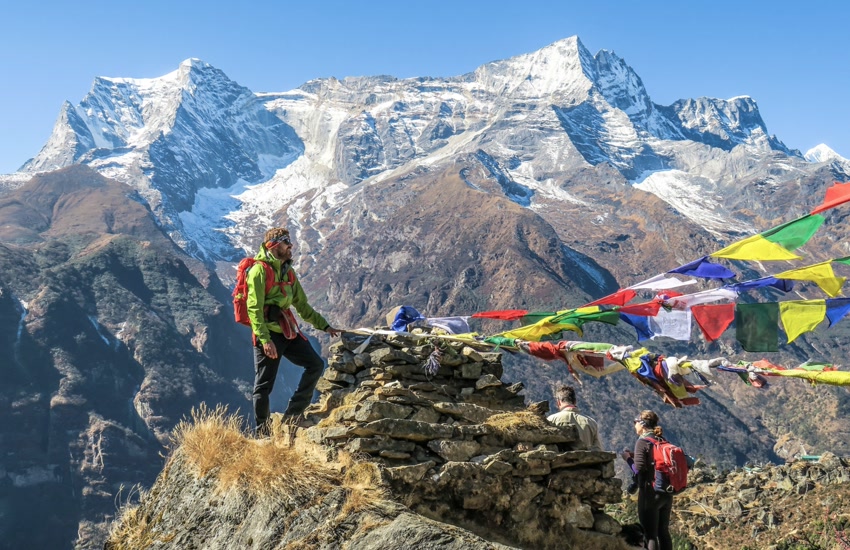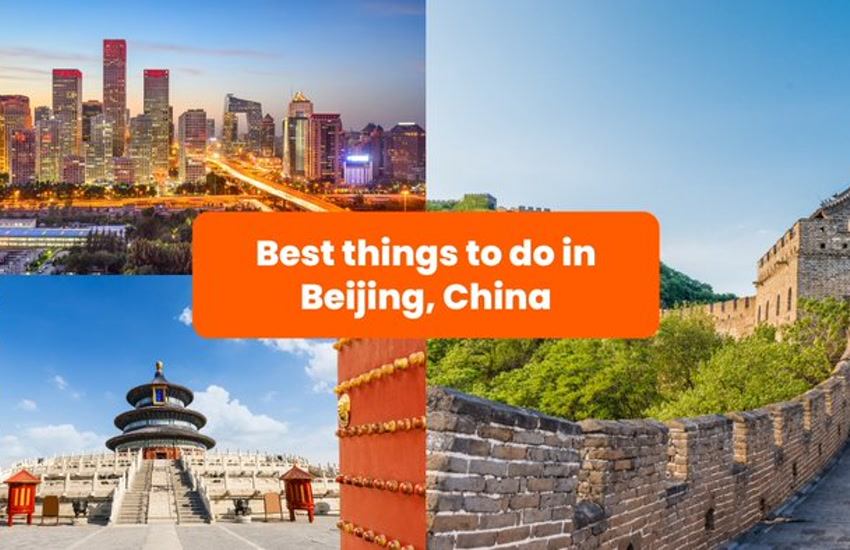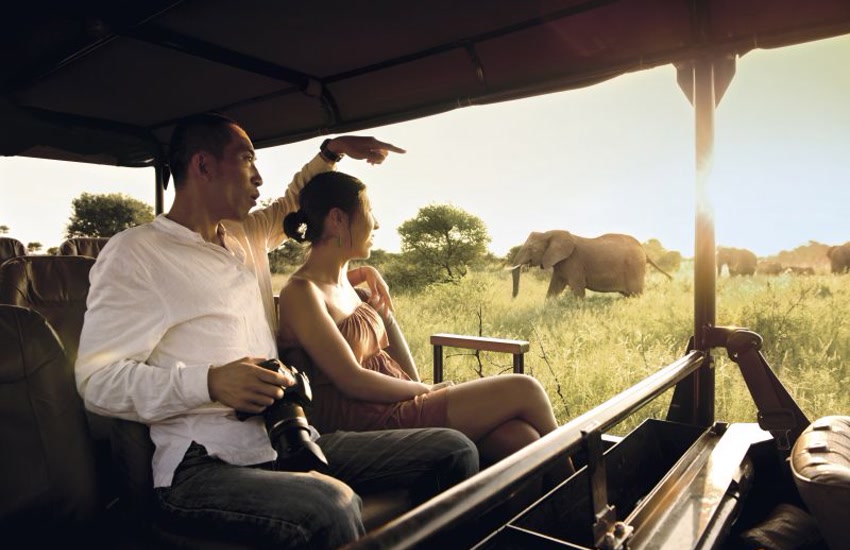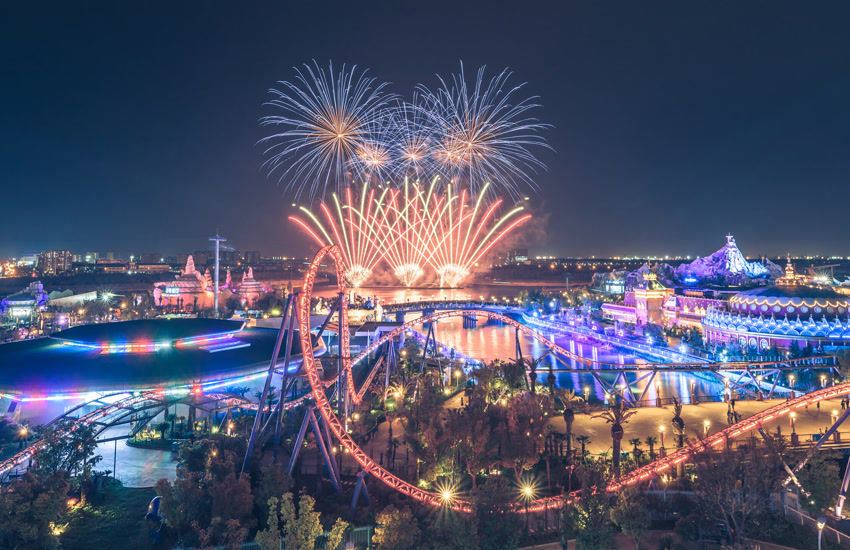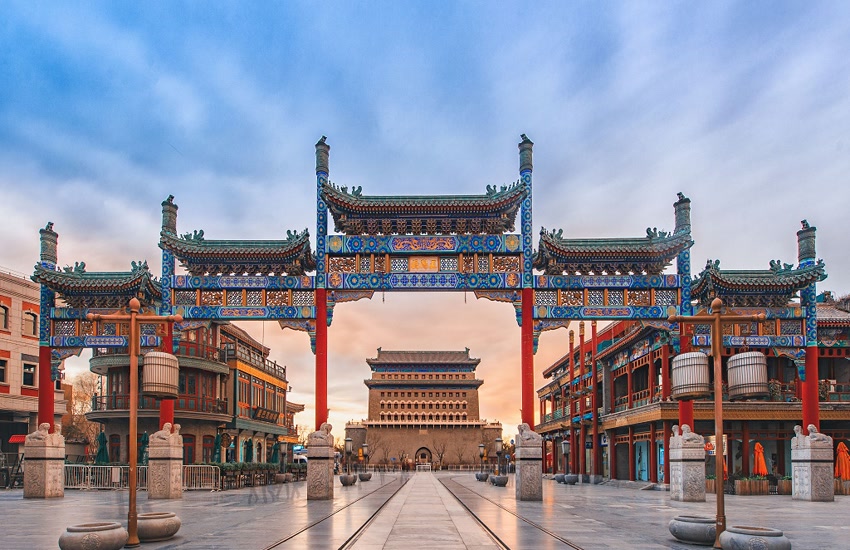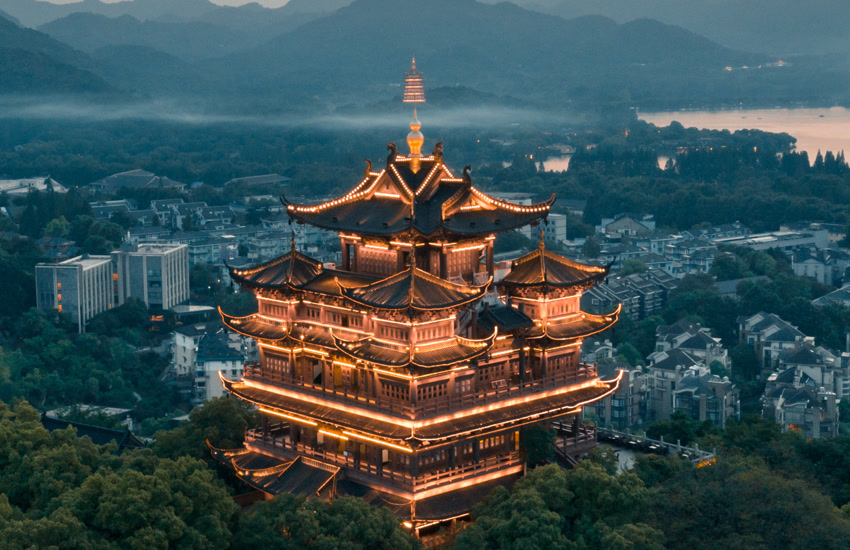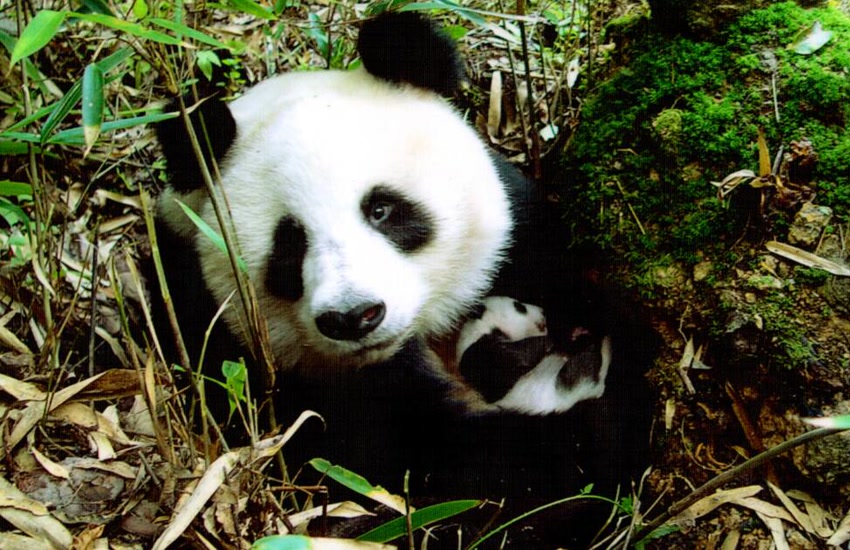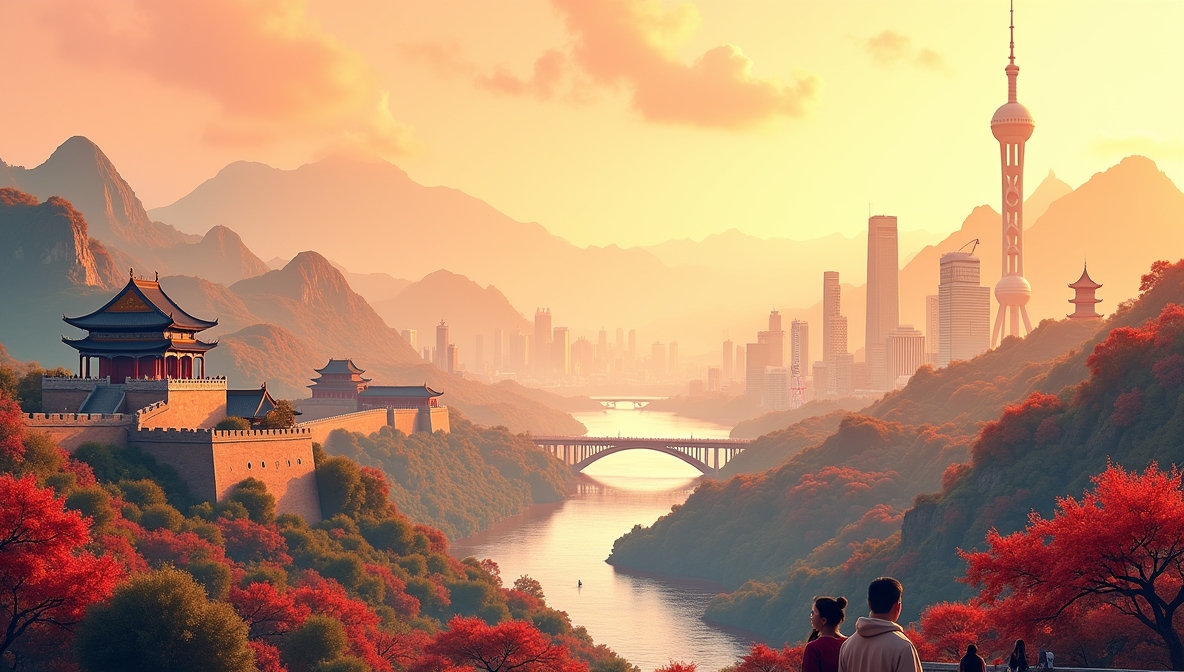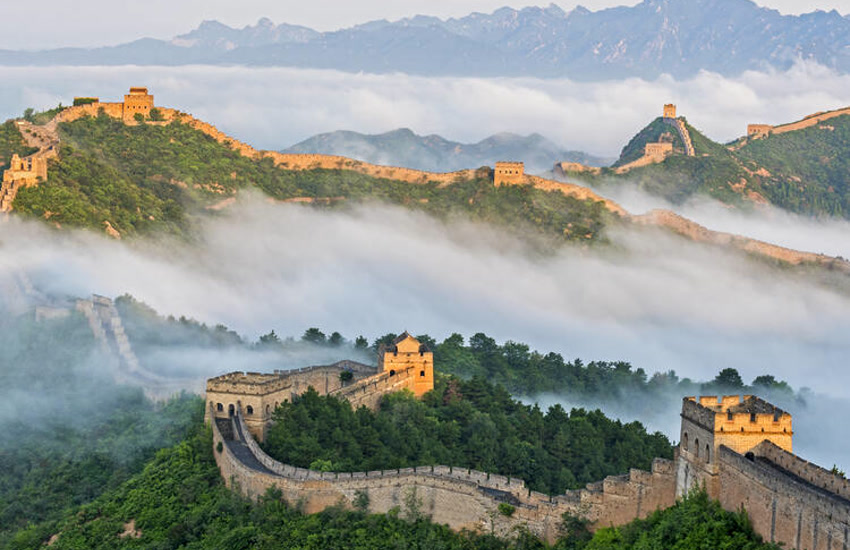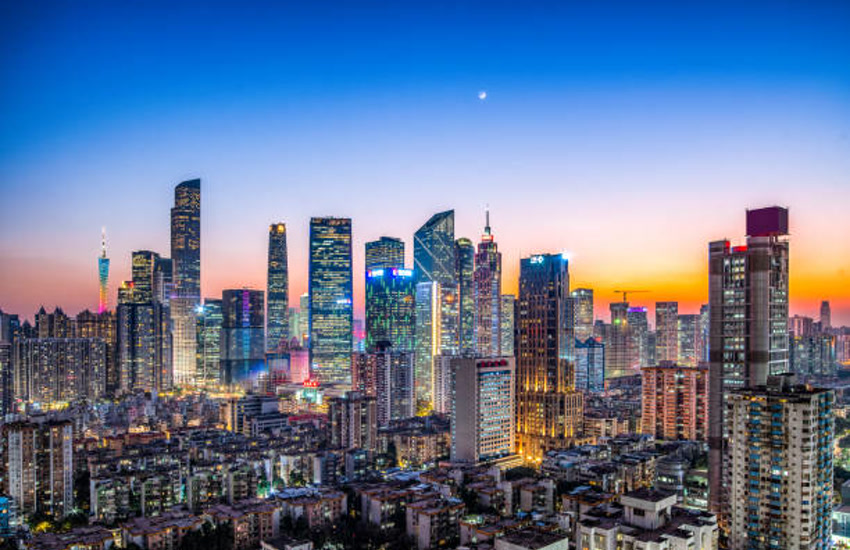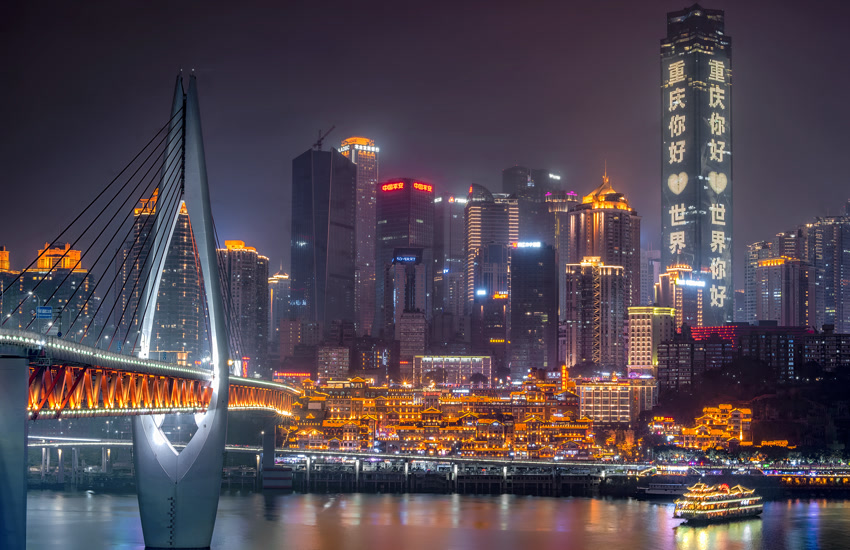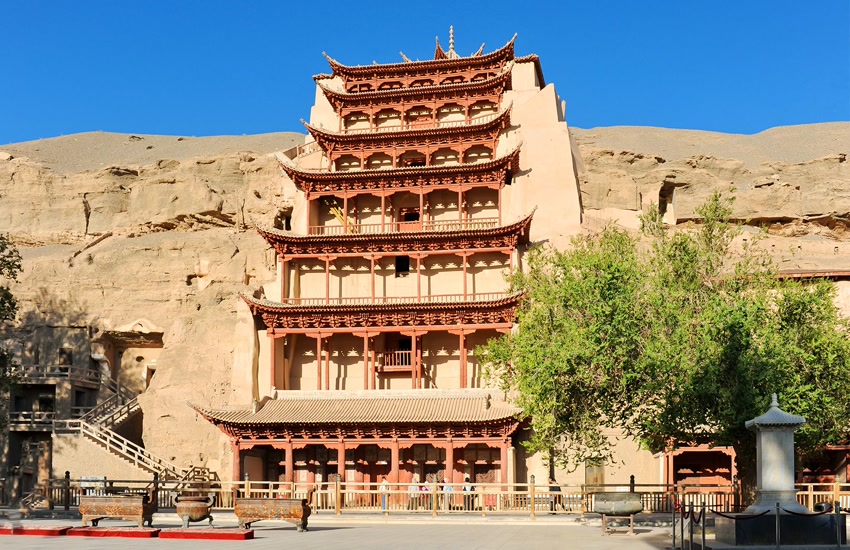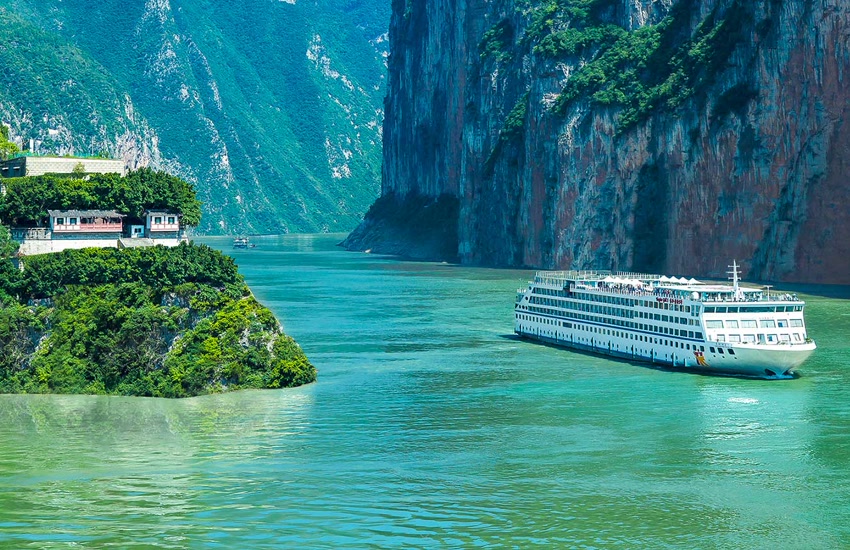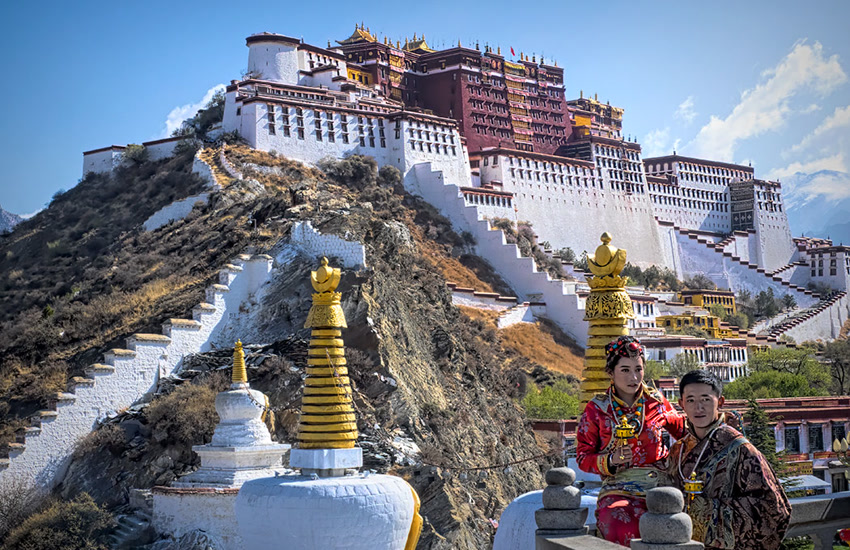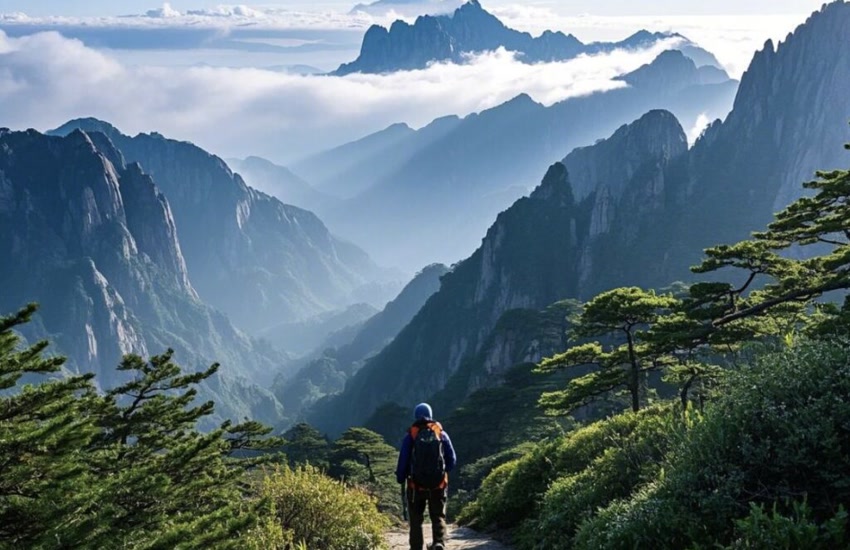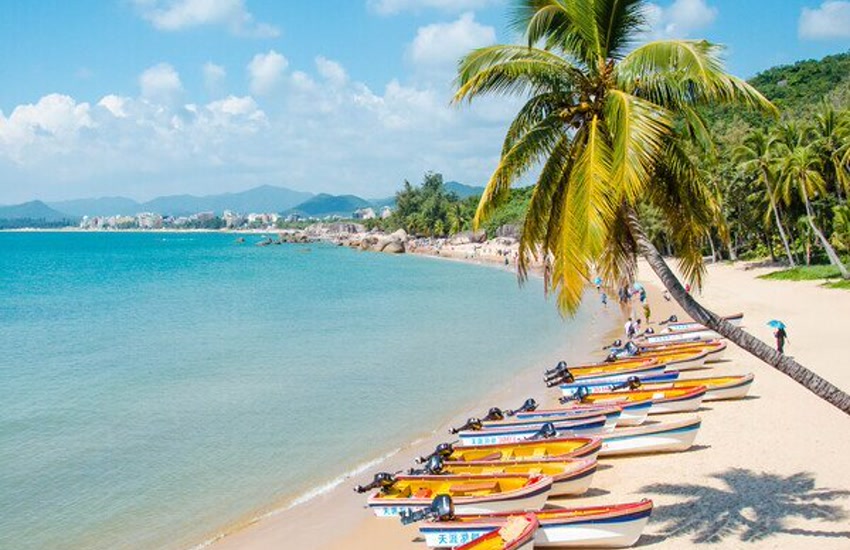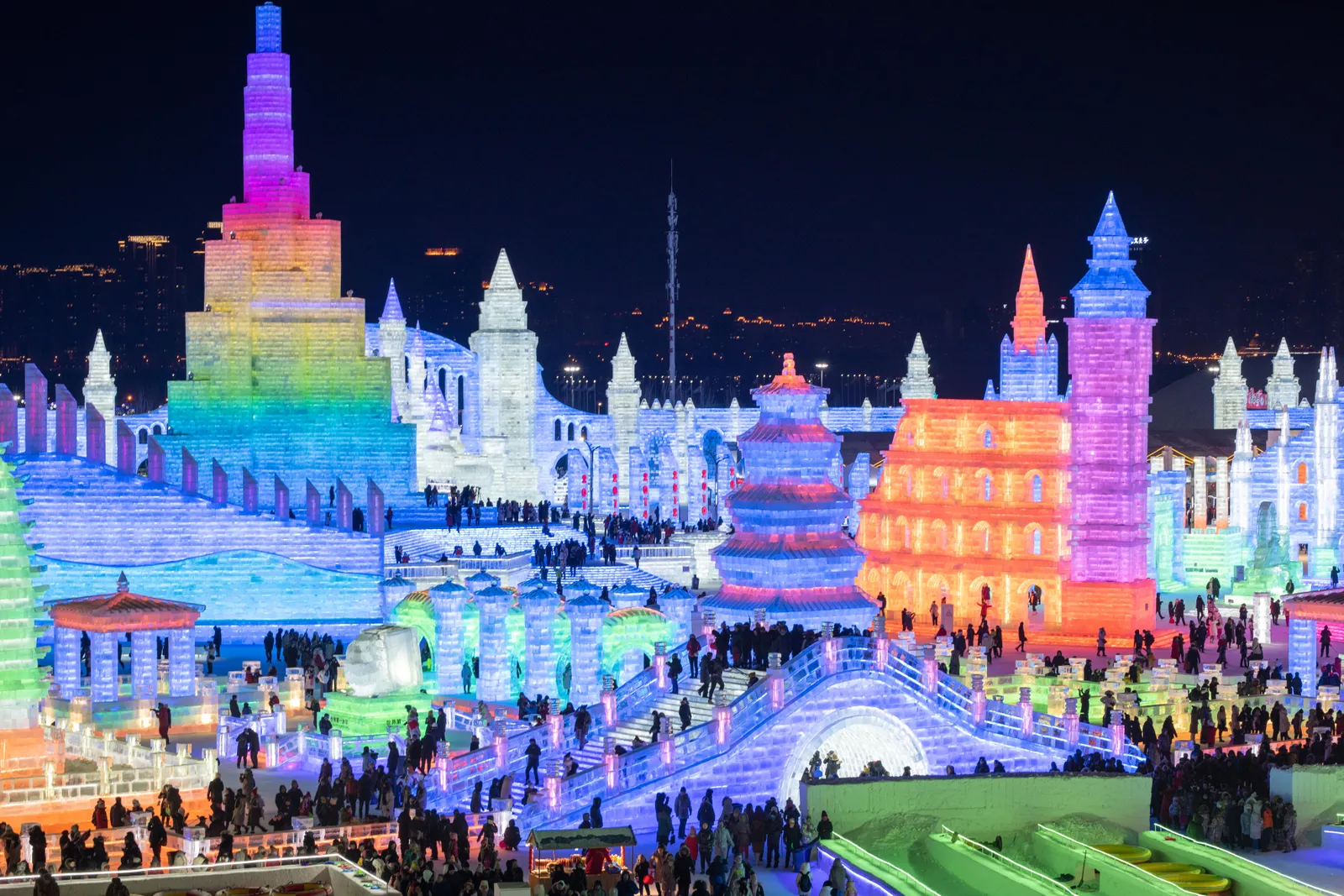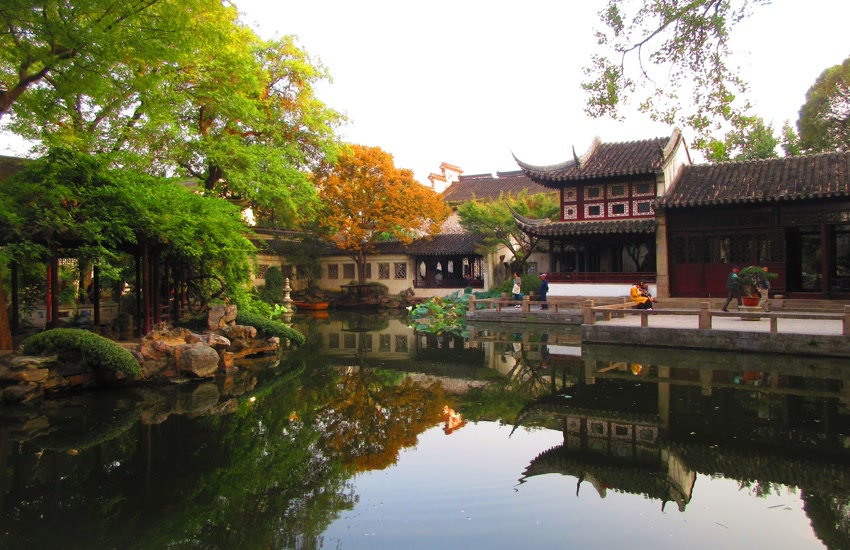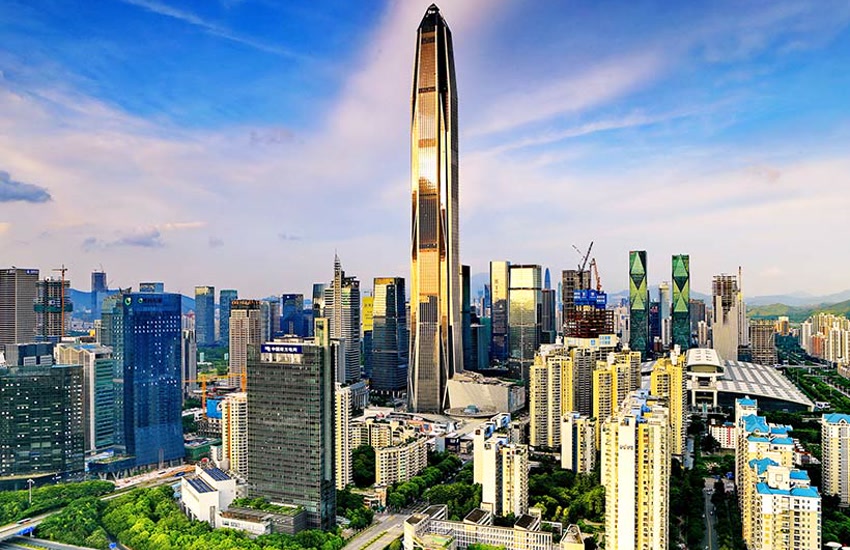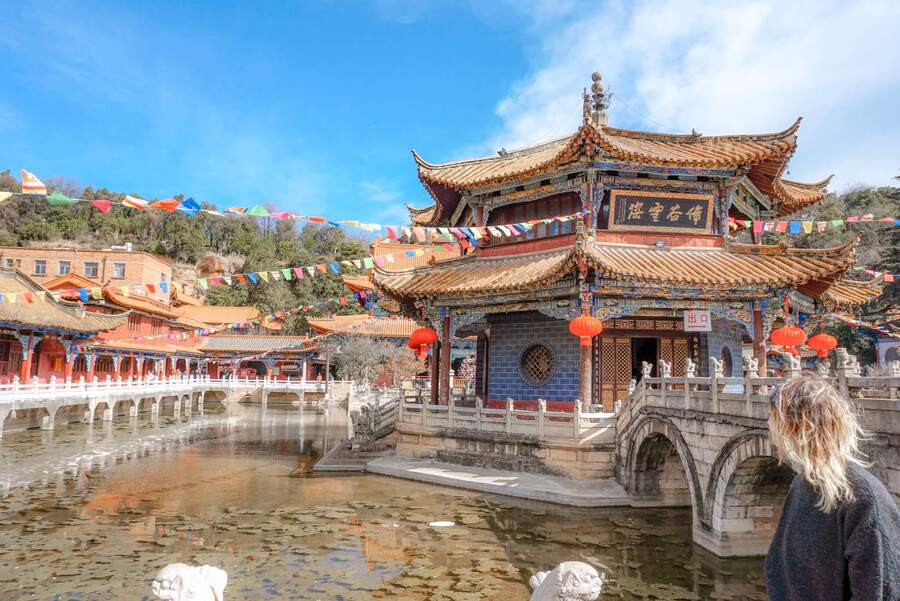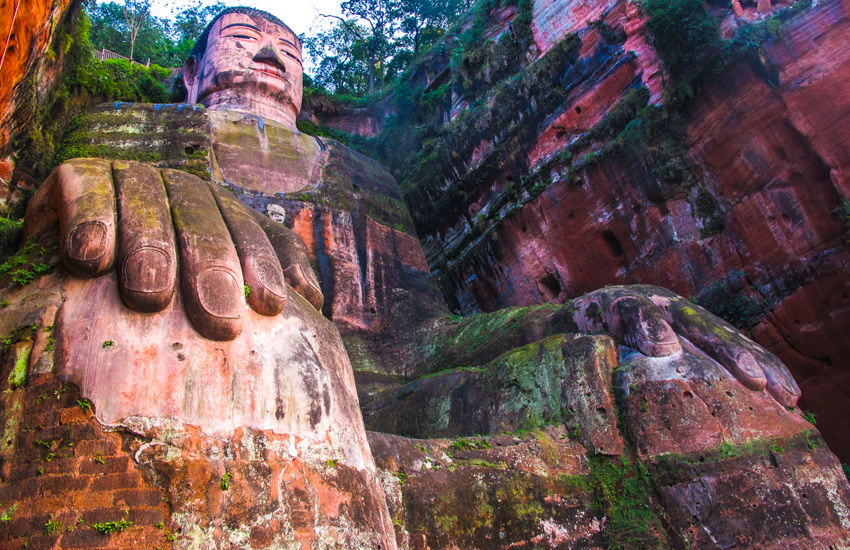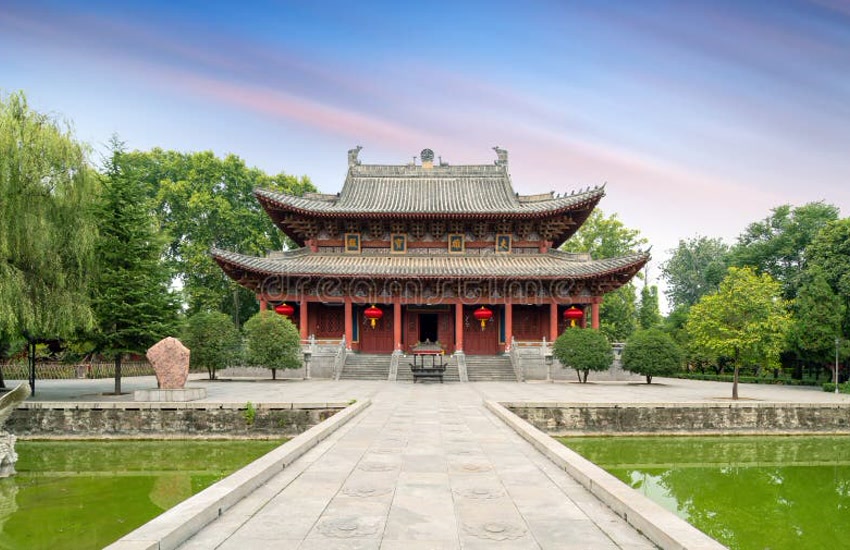
Hey fellow travelers! I’m back with another adventure from the heart of China-China.
This time, we’re heading to Luoyang, an ancient capital brimming with history and culture.
And our destination? The iconic White Horse Temple Luoyang, the very first Buddhist temple in China.
Why White Horse Temple? More Than Just a Temple
China’s First Buddhist Temple
Established in AD 68 during the Eastern Han Dynasty, the White Horse Temple boasts over 1900 years of history. It’s considered the cradle of Chinese Buddhism, playing a pivotal role in spreading the religion throughout the country.
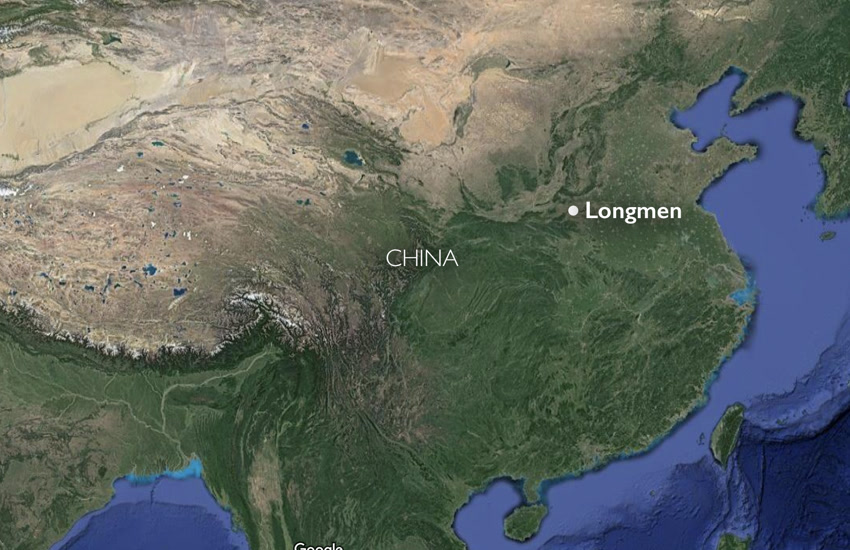
A Living Museum of Buddhist Architecture
The temple complex showcases a fascinating blend of architectural styles. While the main temple reflects traditional Chinese design, you’ll also find distinct Indian, Thai, and Burmese temples within the International Zone. It’s the only temple in the world with such diverse architectural influences! Think of it as an architectural digest of things famous in china.
A Place of “Firsts”
The White Horse Temple Luoyang is home to numerous “firsts” in Chinese Buddhism, including the first ancient pagoda (Qiyun Pagoda), the first Indian monks to arrive in China, the first Chinese Buddhist scriptures, the first scripture translation site (Cool and Clear Terrace), and the first Chinese monk.
A Tranquil Escape
Despite its historical significance and popularity, the temple offers pockets of serenity and peace. Stroll through the manicured gardens, listen to the chanting of monks, and soak in the spiritual atmosphere. It’s a great place for solo travel china if you need some tranquility.
The Legend of the White Horse: A Story Worth Telling
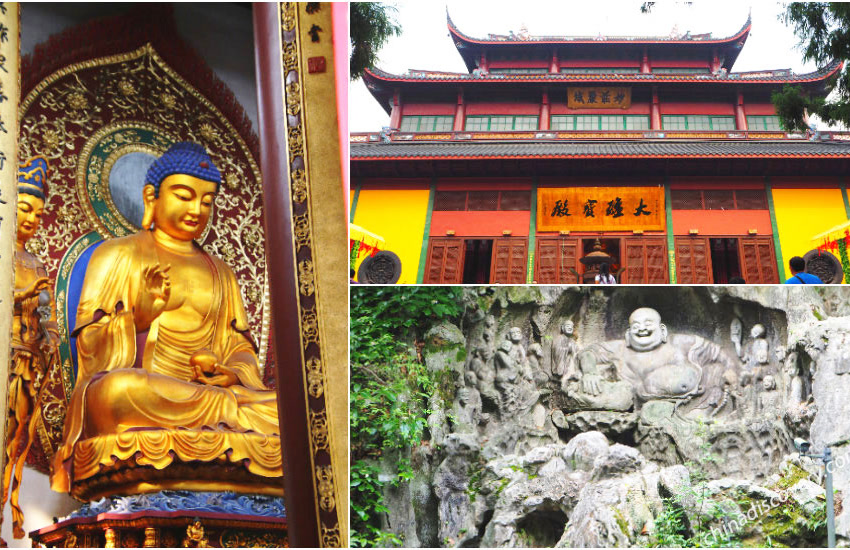
The Dream of Emperor Mingdi
Emperor Mingdi of the Eastern Han Dynasty dreamt of a golden figure flying above his courtyard. Intrigued, he sent envoys to the western regions to seek knowledge of Buddhism.
The Journey of the Indian Monks
The envoys met two esteemed Indian monks, Kasyapamatanga and Dharmaratna. Invited by the envoys, these two monks journeyed to China accompanied by, you guessed it, a white horse carrying sacred sutras.
The Birth of the White Horse Temple
In AD 68, the Emperor, deeply moved, ordered the construction of a temple to house these scriptures, located just east of Luoyang. The temple was named the White Horse Temple in honor of the noble animal that brought Buddhism to China. You’ll even find a stone sculpture of the revered white horse near the temple entrance, a lasting tribute to its crucial role in Chinese Buddhist history.
What to See: Exploring the Architectural Wonders
The Main Temple
This is the heart of the complex, featuring a symmetrical layout aligned along a central axis. Within the Main Temple, don’t miss the Hall of the Heavenly Kings, adorned with Qing Dynasty clay statues of the four kings. The Hall of the Great Buddha, built during the Ming Dynasty, houses a stunning collection of Buddha statues. Make sure you locate the ancient bell in the northeastern corner. Maybe you’ll even hear the drum bell sound! The largest hall, the Hall of Mahavira, holds thousands of Buddha statues crafted from precious silk and hemp. The Cool and Clear Terrace is a tranquil courtyard once used for scripture translation, offering a peaceful escape.
Qiyun Pagoda
This ancient brick pagoda, approximately 200 meters from the Main Temple, was initially built in AD 69 and rebuilt in AD 1175. It holds the distinction of being the first Bhikshuni Ashram in Henan Province. The architecture beautifully combines bricks, wood, and stone. Legend says that clapping your hands 20 meters back from the pagoda will produce a frog-like echo! The area surrounding the pagoda is peaceful and scenic, with a pond, bridges, and pavilions. This is the best place to visit china in october.
The International Zone
This unique area features temples built in the architectural styles of Thailand, India, and Myanmar. The Thailand Temple boasts a Dagoba with Buddha statues and a relic. The India Temple replicates the famous Sanchi Stupa. The Myanmar Temple mirrors Mandalay Palace and houses four Sakyamuni statues depicting Buddha’s life.
Planning Your Visit: Essential Tips and Information
General Information
Address: Baimasi Town, Luolong District, Luoyang City, Henan Province (河南省洛阳市洛龙区白马寺镇)
Opening Hours: Generally, 7:30 AM to 6:00 PM, but it’s best to check in advance, as hours may fluctuate depending on the season.
Tickets: Around 50 yuan per person. Remember to have money in Chinese letters handy for entry fees or souvenirs china.
Recommended Visiting Time
I’d suggest setting aside 2-3 hours to fully explore the complex. You could spend a full day here if you are particularly interested in Buddhism or architecture.
Best Time to Visit
April to October offers the most comfortable weather. If you’re visiting in the springtime in china (early April to early May), don’t miss the Luoyang Peony Culture Festival, where the city bursts into color.
How to Get There
- To Luoyang: Luoyang is accessible by international and domestic flights, as well as high-speed trains. You can fly directly from major Chinese cities like China Beijing Shanghai, Chengdu, and Guangzhou. High-speed trains connect Luoyang to Beijing, Xian, Zhengzhou, and Shanghai. Consider visiting during the China festival 2025.
- From Luoyang to White Horse Temple: There is no direct metro line currently, and no direct public transportation to connect the temple with Luoyang Longmen Railway Station or Luoyang Beijiao Airport. Take a bus to Luoyang Railway Station first and transfer to White Horse Temple.
Beyond the Temple: Exploring Luoyang and Beyond
Must-See Attractions
Luoyang is more than just the White Horse Temple Luoyang. I recommend dedicating 2-3 days to explore the city and its surroundings. Here are some must-see attractions:
| Attraction | Description |
|---|---|
| Longmen Grottoes | These stunning grottoes feature thousands of Buddhist sculptures carved into limestone cliffs, showcasing the pinnacle of Chinese Buddhist art. |
| Tianzi Jialiu Museum | A 2000-year-old burial site that offers a glimpse into ancient Chinese history. |
| Luoyang Museum | A treasure trove of artifacts that tell the story of Luoyang’s rich past. |
| Shaolin Temple | Located a short drive from Luoyang, Shaolin Temple is the birthplace of Zen Buddhism and Chinese Kung Fu. You can even explore wudang mountain temple from here. |
Consider extending your trip to neighboring cities like Zhengzhou or Kaifeng. If you love nature, explore Mount Yuntai, Guoliang Village, or the Xiaolangdi Reservoir on the Yellow River. Another popular option is to take a high-speed train to Xian and explore its world-class treasures. Consider getting xian terracotta warriors museum entrance fee tickets in advance to avoid queues.
Final Thoughts: A Journey of Discovery
Visiting the White Horse Temple Luoyang is more than just ticking off a box on a travel itinerary. It’s a chance to connect with the rich history of China, to immerse yourself in Buddhist culture, and to experience the serenity of a truly special place. You might even find inspiration for a chinese style wedding gown, the temple grounds are so romantic.
So, what are you waiting for? Pack your bags, book your tickets, and get ready for an unforgettable adventure to the spiritual heart of China. And as always, feel free to reach out if you have any questions about planning your trip! Happy travels! Don’t forget to buy some best souvenirs from china!
To further immerse yourself into the spiritual and cultural journey across China, do not miss out exploring the tranquil Temple of the Six Banyan Trees in Guangzhou and the historical tapestry of Beijing at Dive deep into the heart of China with Beijing’s Historical Tapestry.
